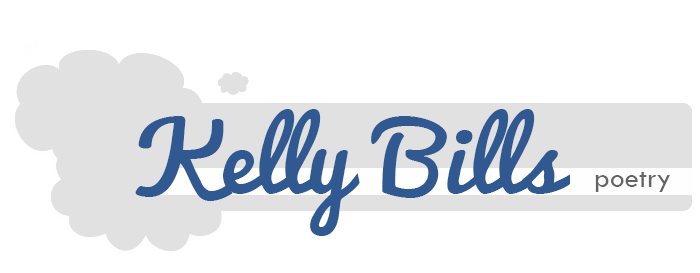It is theorized that some pattern poetry (an early precursor to concrete poetry) was written to be inscribed upon objects like an ax handle, a statue’s wings, an altar or even an egg! (Further information about these ancient Greek poems of the third century B.C. can be found in the text of The Greek Bucolic Poets. See note below.)
Objects embedded with verse would allow the shape of the object as well as the text to reflect back on the theme of the poem. For example, winged shape verse inscribed onto a statue's wings could lend reference to the wings of love. It is a very interesting idea to think about and makes concrete poetry all the more tangible.
All of this made me wonder. If I were to inscribe a shaped poem onto a physical object today, what would I choose? Would I superimpose verses in circles around the tires of my minivan about feeling the pressure to be in several places at once and running endless exhausting errands? Would I write a poem about body image and what I am learning about real beauty along the handle of my hand mirror?
I’ll end all of this pondering with reference to a children’s poem titled “Pencils” by Barbara Juster Esbensen. She describes how:
“The rooms in a pencil
are narrow
but elephants castles and
watermelons
fit in....”
and she speaks to the potential of the many wonderful poems and stories contained inside every pencil. I would love to inscribe this poem on pencils that could be handed out in every classroom — to inspire students to write and remind them of the power of words.
What would you write on?
*The Greek Bucolic Poets. Translated by Edmonds, J M. Loeb Classical Library Volume 28. Cambridge, MA Harvard University Press. 1912.)
*I found the poem “Pencils” in the book Another Jar of Tiny Stars- Poems by More NCTE Award-Winning Poets. Bernice E. Cullinan and Deborah Wooten, editors. Boyds Mill Press. 2009.
